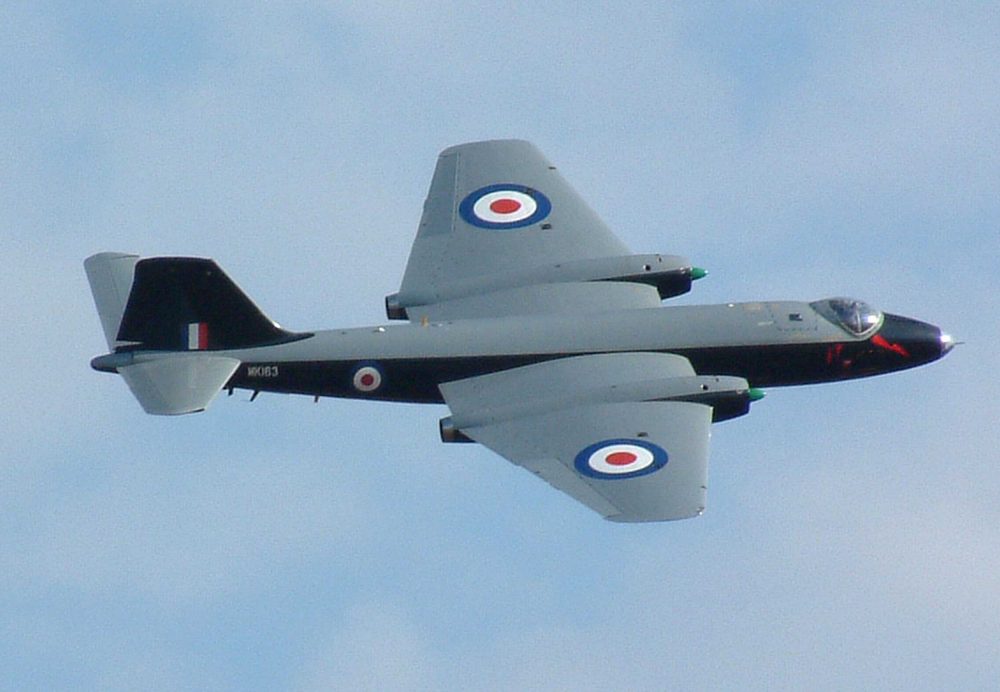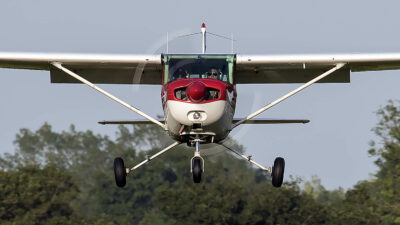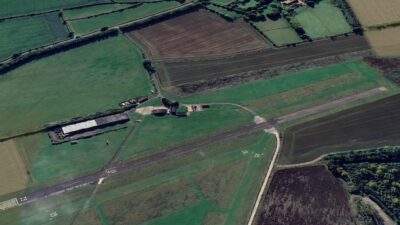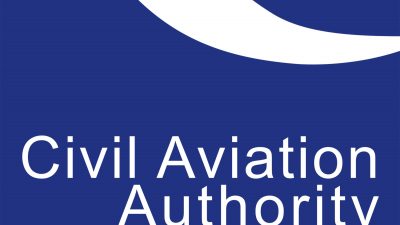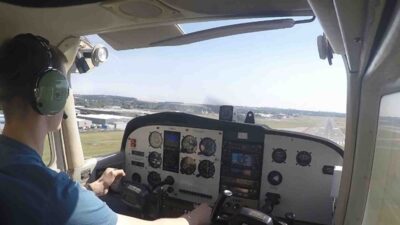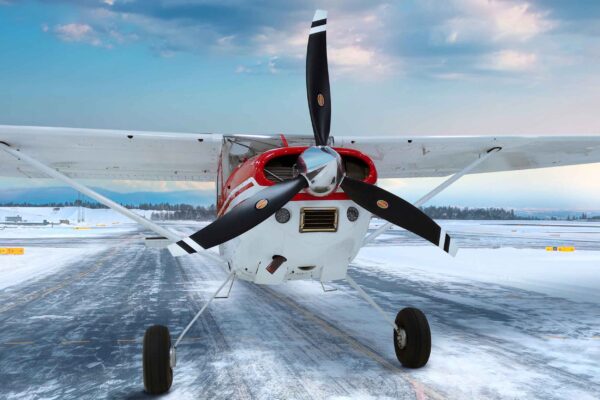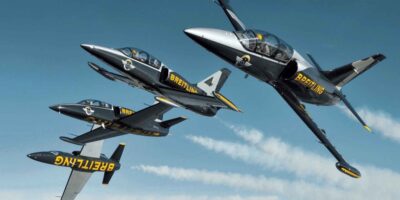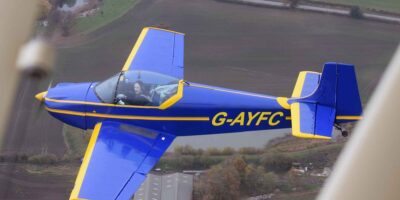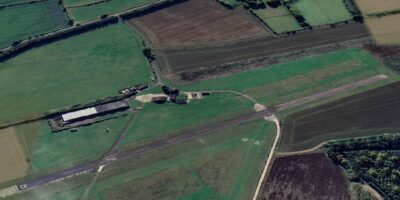One of Britain’s most important jet-age aircraft is to be returned to flight by the team that restored and operated Vulcan XH558. English Electric Canberra WK163 shot into the headlines in 1957 when a prototype Napier Double Scorpion rocket motor fired her to an altitude of 70,310 feet, a new world record.
It is hoped WK163 will be flying at British airshows in time to help celebrate the centenary of the RAF in 2018. The aircraft last flew in 2007.
“WK163 was a celebrity even amongst the research aircraft,” said one senior engineer who worked on secret research programmes at the Ministry of Aviation. “She flew to the edge of space. It was an astonishing achievement.” The story of that flight can be read here.
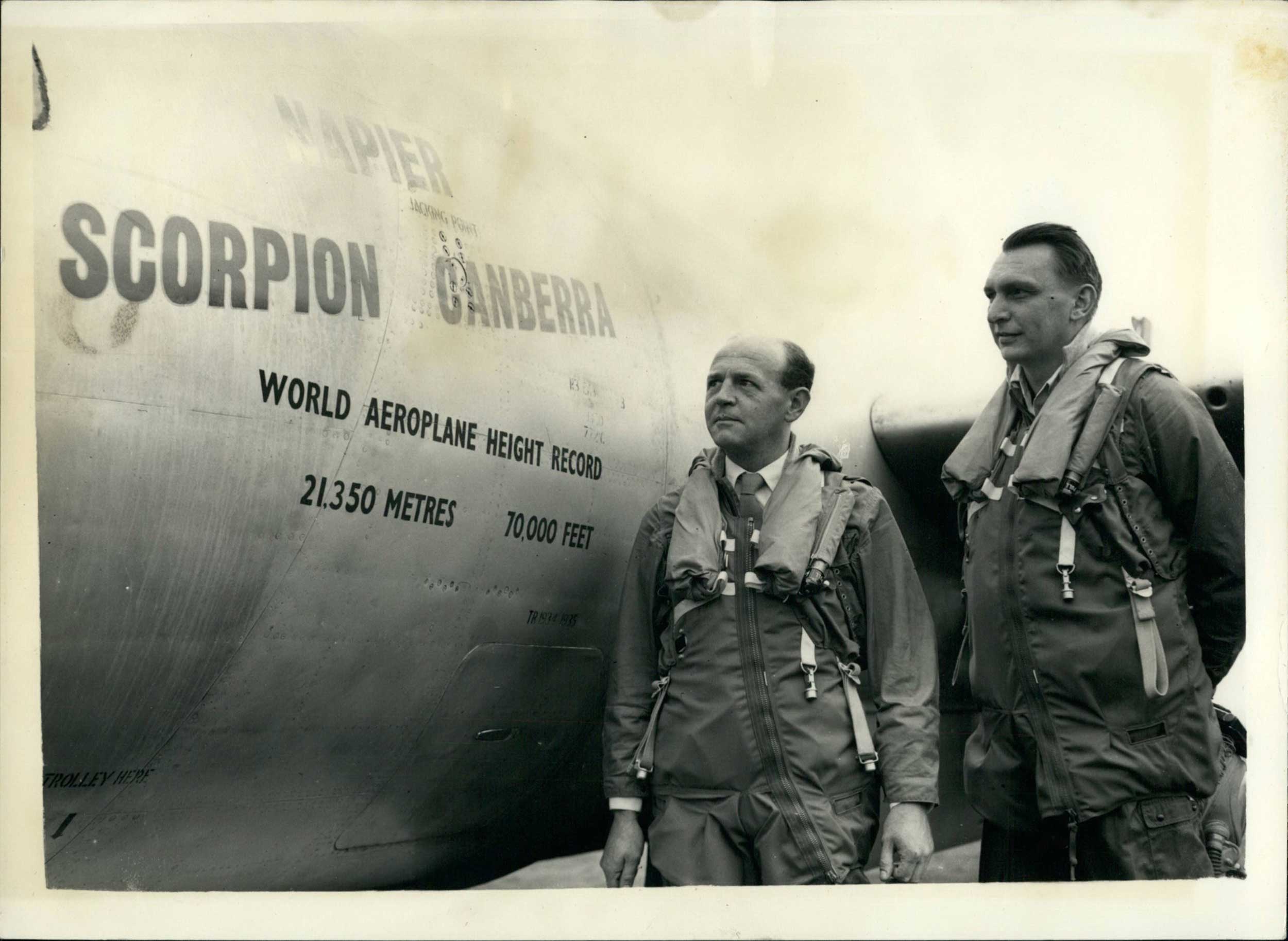
The original press photo released when WK163 successfully set a new world altitude record: “Left, Mr Shirley, rocket motor engineer, and Mr Randrup, the pilot”.
Dr Robert Pleming, who led the team that returned XH558 to flight and is now chief executive of Vulcan to the Sky Trust, said, “WK163 embodies so much that is remarkable about British courage and innovation in the Jet Age. I am thrilled to announce that the Trust plans to restore and fly WK163 for the British public, as we did with Vulcan XH558, with an education programme around her to inspire new generations of engineers and aviators.”
Entering service in 1951, the Canberra was the RAF’s first jet bomber, the answer to a 1944 Air Ministry requirement for a high-speed, high-altitude aircraft to replace the de Havilland Mosquito. It was the first aircraft to be powered by the new Rolls-Royce Avon engine, the company’s first axial flow jet turbine. This pioneering engine allowed a Canberra to become the first jet to cross the Atlantic without refuelling (in 1951), and gave the de Havilland Comet sufficient range to inaugurate the world’s first non-stop transatlantic jet airliner service in 1958.
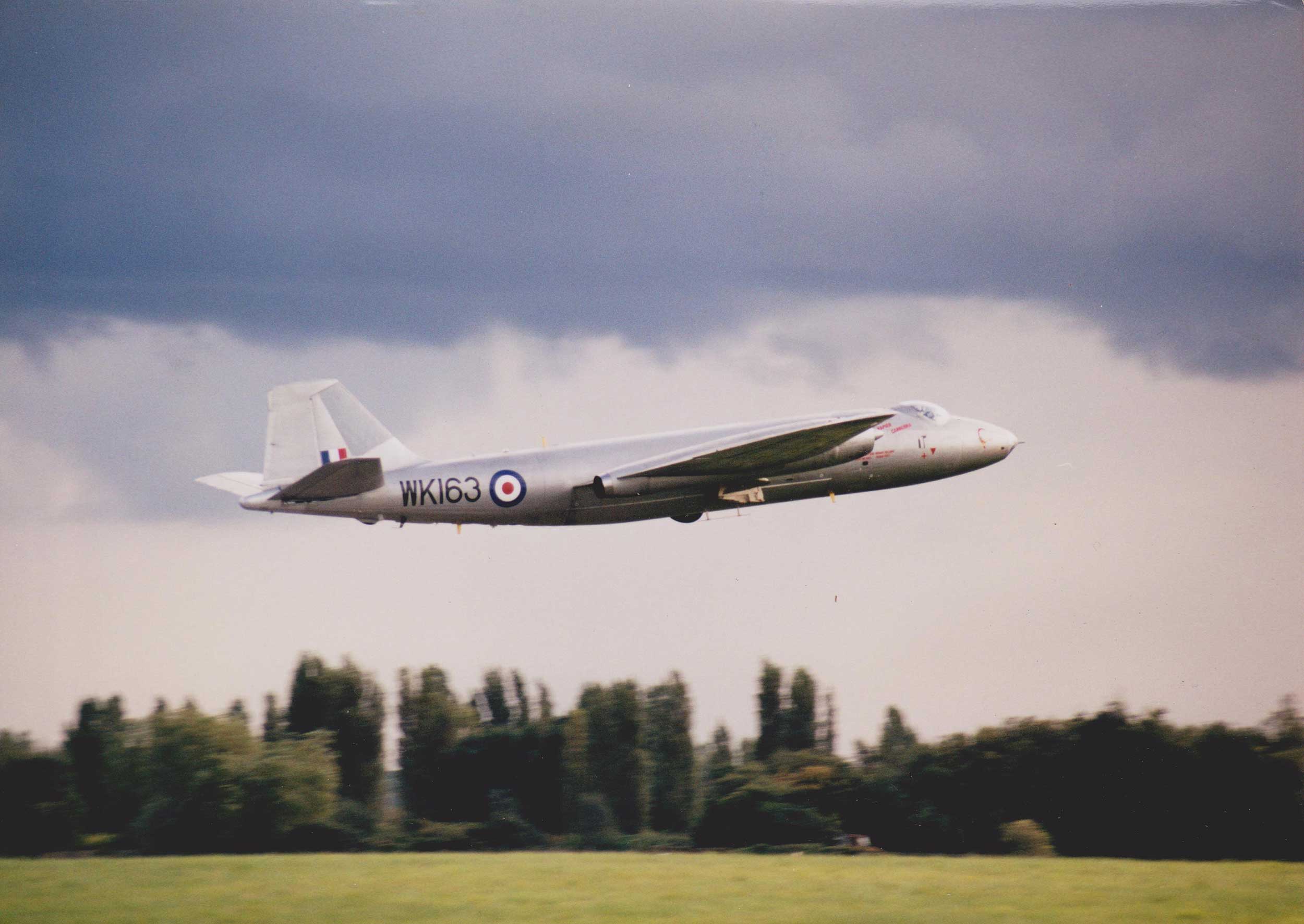
Canberra WK163 in flight – fast and capable. NASA still operates three but there are none flying in Europe… yet!
The all-British Canberra was so effective that they were operated by at least 17 nations including France, Germany, Australia and the USA. Demand outstripped production capacity at English Electric (later to make the astonishing Lightning, building on Canberra and Avon experience), so many Canberras were constructed by other companies under licence. WK163 was built in 1954 by Avro at Woodford, at the same facility that built Vulcan XH558.
The Americans admired the Canberra so much that they also built a significant number. They can fly so high for so long that NASA still uses three US-built Canberras for satellite development. Today, there are only five Canberras known to be flying in the world, including the three highly modified, US-built aircraft at NASA. Only two of these are English Electric Canberras and currently, none are flying in Europe.
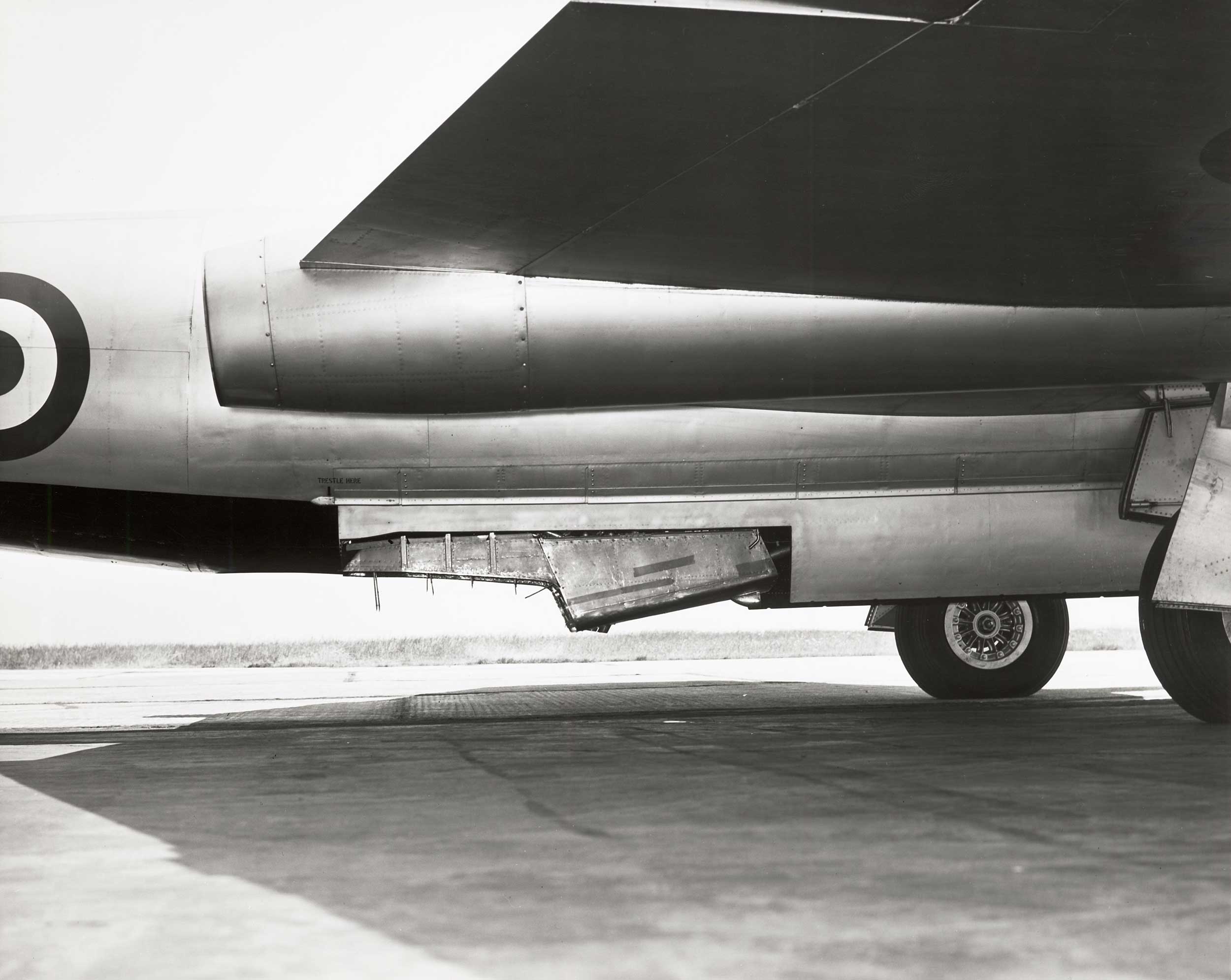
WK163 literally had a rocket up its bottom! The rocket motor that propelled her through the thin atmosphere to a new world altitude record
Returning WK163 to flight
WK163 has already been surveyed by both Vulcan to the Sky Trust and independent specialists, all of whom agree that a return to flight is possible. Along with the aircraft, the Trust has acquired a considerable stock of spares, with the provenance necessary to allow them to be used in a flying aircraft. This includes six engines and a complete set of documentation and RAF maintenance procedures.
The first stage will be to remove the wings and transport WK163 by road to the Trust’s engineering facility at Hangar 3, Robin Hood Airport Doncaster Sheffield, where the restoration will take place in a dedicated area behind XH558.
Once at Hangar 3, the Inspection and Project Scoping Phase will begin with a detailed strip-down, examination and testing to determine exactly what is needed to return WK163 to flight. This is expected to take the remainder of the summer and will lead to an in-depth understanding of the condition of the aircraft, an inventory of the spare parts, their condition and documentation, and discussions with the many specialist suppliers whose help will be invaluable.
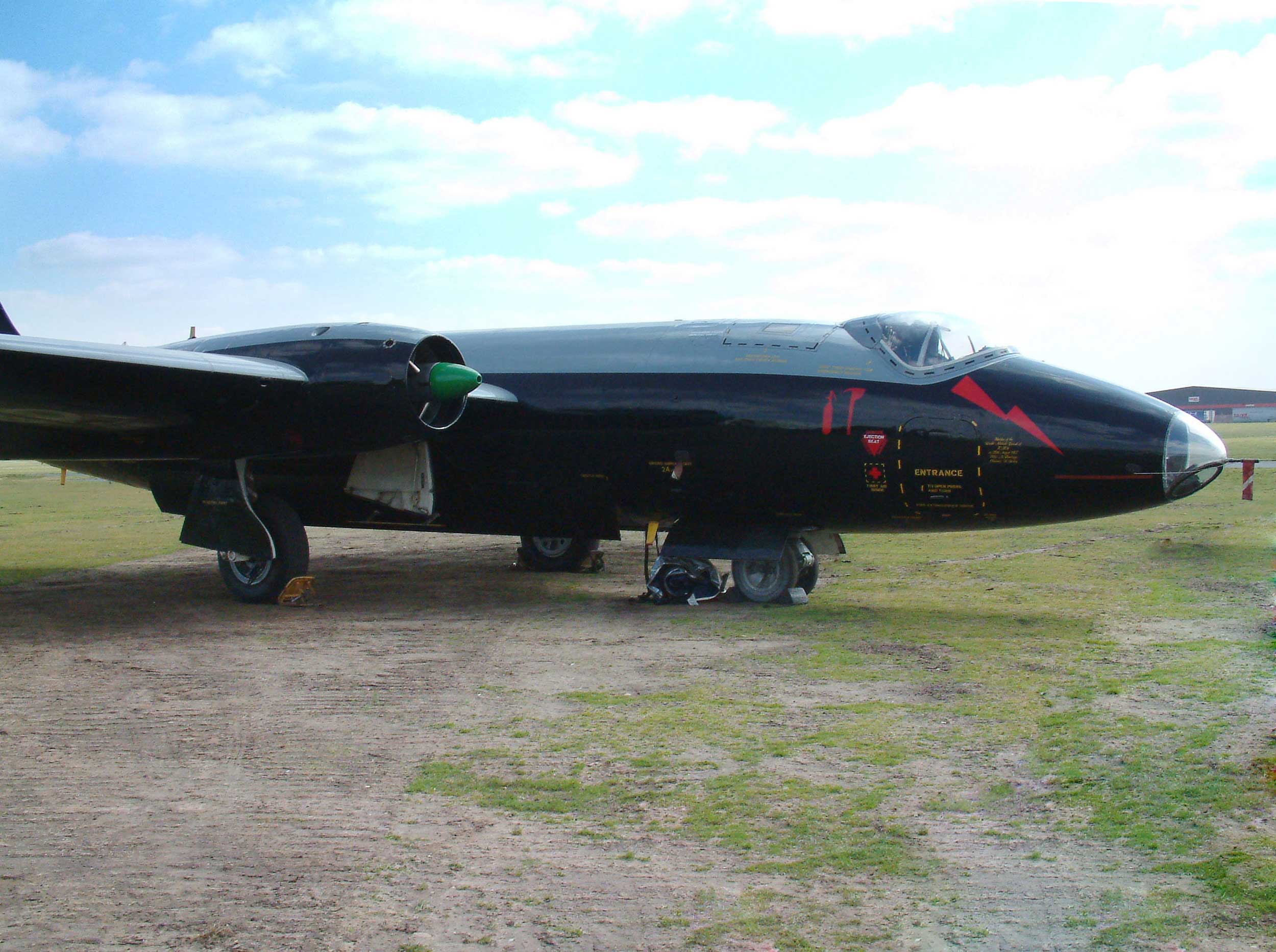
WK163 today… parked at Coventry Airport but in good enough condition to be considered for return to flight
Following the Inspection Phase, a timed and costed plan will be designed for every activity required to return this important aircraft to British airshows in time for the RAF centenary. With a comprehensive plan in place, the Trust hopes to begin the restoration early in 2017.
Cranfield Aerospace has agreed to act as design authority. Cranfield has a global reputation in heritage aviation engineering and was the technical specialist for Vulcan XH558’s challenging wing modification, which released two more years of flight. Several Cranfield specialists worked on WK163 when she was with the Royal Aircraft Establishment, so already have significant relevant expertise.
Vulcan To The Sky Trust


